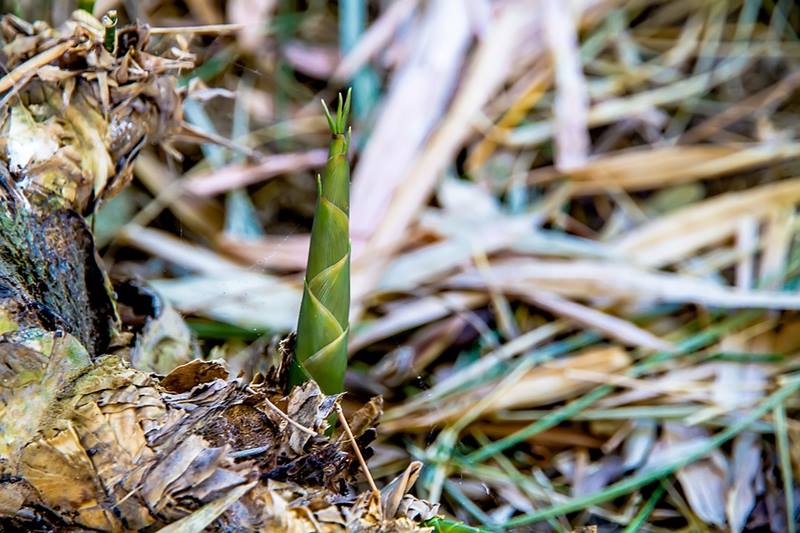Bamboo Tales: The ‘green gold’ releases 35% more oxygen, has medicinal properties and creates nutritious dishes
Be it traditional medicines or food, the bamboo has been in use for thousands of years. It can be cultivated without using chemical fertilisers and doesn’t need irrigation. Bamboo is considered beneficial to uterus health and often used to treat skin infections.

The bamboo found in India grows up to 12 metres tall. All photos: Pixabay
The many splendored bamboo is also referred to as green gold in India. For thousands of years, the bamboo plant, that belongs to the grass family, has been put to use in several ways, notably as an ingredient in medicinal concoctions, and as food. It is said to be used in more than a thousand different ways. They are evergreen, perennial and one of the fastest growing plants in the world.
The bamboo found in India grows up to 12 metres tall. Depending on the environment, in other parts of the world, the bamboo can be as short as 30 centimetres or as tall as 40 metres. Some bamboo varieties are known to grow by a metre a day.
Also Read: This startup aims to bring traditional cuisine back while making women self-sufficient
There is a proliferation of bamboo in the north east of India, and it also grows well in the jungles of West Bengal, Bihar, Madhya Pradesh, Odisha, Tamil Nadu, Kerala and Karnataka. After China, India is the largest grower of bamboo.

Bamboo releases 35% more oxygen
“Bamboo can be cultivated without using chemical fertilisers or pesticides. They also do not need irrigation and very rarely do they require replanting,” said NG Iboima, chief scientist of CSIR – Central Food Technological Research Institute, Mysuru.
“The bamboo releases thirty five per cent more oxygen into the atmosphere, when compared to other trees, and at the same time absorbs a lot of carbon dioxide. It is also a plant that can be cut in three to five years,” Iboima added.
According to the senior scientist, if the bamboo was cultivated in a scientific manner, it could contribute a lot more oxygen to the atmosphere. Bamboo also prevents erosion and helps the soil to retain moisture.
Also Read: Villagers in Bangladesh build ‘jungla dams’ using wood and bamboo to prevent land erosion

Bamboo meals
The shoots of the bamboo plant are delicious. It has been used in many traditional cuisines for centuries. Sometimes the bamboo shoots are dried and used in cooking. They are also used in curries, pickles, salads, candies and so on. Bamboo is particularly popular with tribal communities that grow them.
As far as its nutritional benefits go, 100 grams of bamboo shoots has 20 calories. 3-4 grams of carbohydrates, 2.5 grams of sugar, 0.49 grams of fat and 6-8 grams of fibre content. Bamboo is also rich in vitamin A, B6, thiamine, riboflavin, niacin, folate, calcium, magnesium, phosphorus, potassium, sodium, iron, etc.
Also Read: In the Bazaar of Bastar

Medicinal value
“For more than two thousand years, bamboo has been used in traditional Chinese medicines,” Iboima said. It is also considered an indispensable part of Indian and Persian medicine traditions.
Bamboo is also considered beneficial to uterus health. It has often been used to treat skin infections as it has great antibacterial properties, builds immunity, reduces the ‘bad’ cholesterol and strengthens the heart.
According to Iboima, the benefits of bamboo have not been tapped into sufficiently. Most people are unaware of its benefits. In order to spread the good word about bamboo the role of environmentalists, forest researchers and farmers is vital.
Read the story in Hindi.

